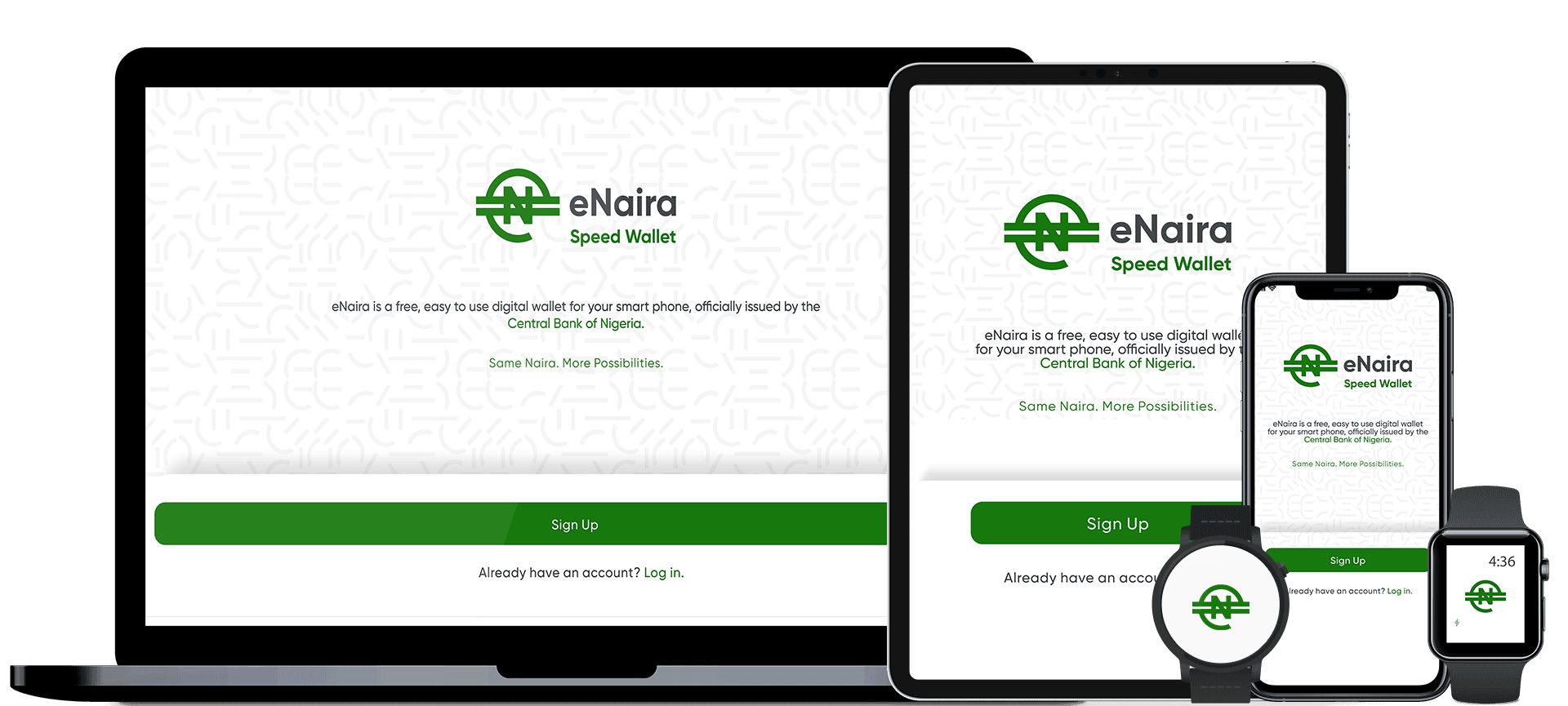
Months after the Central Bank of Nigeria announced its intention to launch its Central Bank Digital Currency (CBDC) - the eNaira, the CBDC has finally gone live. What lingers in the minds of many is the question; what value does this bring? As governing bodies flaunt the eNaira, curiosity, excitement, and confusion have peaked in the minds of many Nigerians. Some functions of the e-Naira are being executed via existing digital offerings. Thus, this calls for a deep dive into the unique offerings of the CBDC and how it aims to improve on existing structures.
First and foremost, the eNaira is a legal tender, which means it is recognized by law as an approved medium of exchange. On the surface, this implies lower printing costs. However, on the flip side, this could require tight cybersecurity measures, which equally have cost implications. The bright side, however, is that this could improve accountability in governance if payments are routed through the eNaira channel, considering the ability of the CBN to monitor the flow of money as a result of the blockchain concept.
With respect to existing structures, the presence of internet banking, mobile apps, and Unstructured Supplementary Service Data (USSD) have aided the flow of financial resources between two or more parties. In this regard, the eNaira could be a viable option if the cost of transacting is significantly less than the substitutes in the ecosystem. We believe this influenced the decision to eliminate transaction charges for the first 90 days of use. According to the apex bank, transactions performed on the eNaira platform will be free for the first 90 days, after which respective charges as indicated in the Guide to Charges by Banks, Other Financial, and Non-banks would apply. We foresee that while this may increase acceptance in the short term, the subsequent introduction of charges may lessen the eNaira's substitutionary impact on existing online banking and fintech platforms unless transaction costs are lesser.
In addition, the eNaira could increase the transmission effect of monetary policy, as businesses and individuals could access loans at a cheaper rate, while the flow of resources is monitored. The inclusion of Bank Verification Number in the registration process, provision of credit scores, and the existence of Global Standing Instruction could reduce the pace of bad loans and improve credit-led economic growth.
Furthermore, the eNaira could be deployed in providing conditional cash transfers, stimulus measures, and other social welfare programs. We recall the difficulties posed by the government in doling out stimulus measures to various citizens during the heat of the COVID-19 lockdowns. The eNaira makes it possible for the government to transfer funds into the wallets of every Nigerian. The restraining factor could be fiscal capacity, as the government had lean fiscal buffers when the pandemic struck. However, should the government build robust fiscal buffers going forward, this could support fiscal responses during advanced stages of economic development.
With respect to remittances, the eNaira is expected to facilitate the transfer of foreign exchange from the diaspora. However, we note that the success of this feature would be tied majorly to the use of a market-reflective exchange rate and lower transaction costs. Should these conditions be met, we could see the parallel market rate appreciate as patronage of unofficial channels reduces and foreign exchange supply improves.
Finally, the CBDC is expected to improve financial inclusion. Given the integration of USSD services into the framework, transactions could take place on non-internet-enabled phones. Thus, areas that are fairly banked can be reached. However, increased sensitization by the Nigerian Orientation Agency (NOA) and the Central Bank of Nigeria (CBN) is required to boost the financial literacy of citizens in remote areas.
As the e-Naira has been rolled out, President Buhari expects the eNaira to contribute $29 billion to GDP over the next 10 years. In our view, we believe the conditions raised in this article could be critical to maximizing the value from the innovation. In the medium to long run, depending on the continued operational fine-tuning and upgrading of the CBDC, it may evolve into a sophisticated exchange platform that bridges the gaps that are currently impeding economic activity.